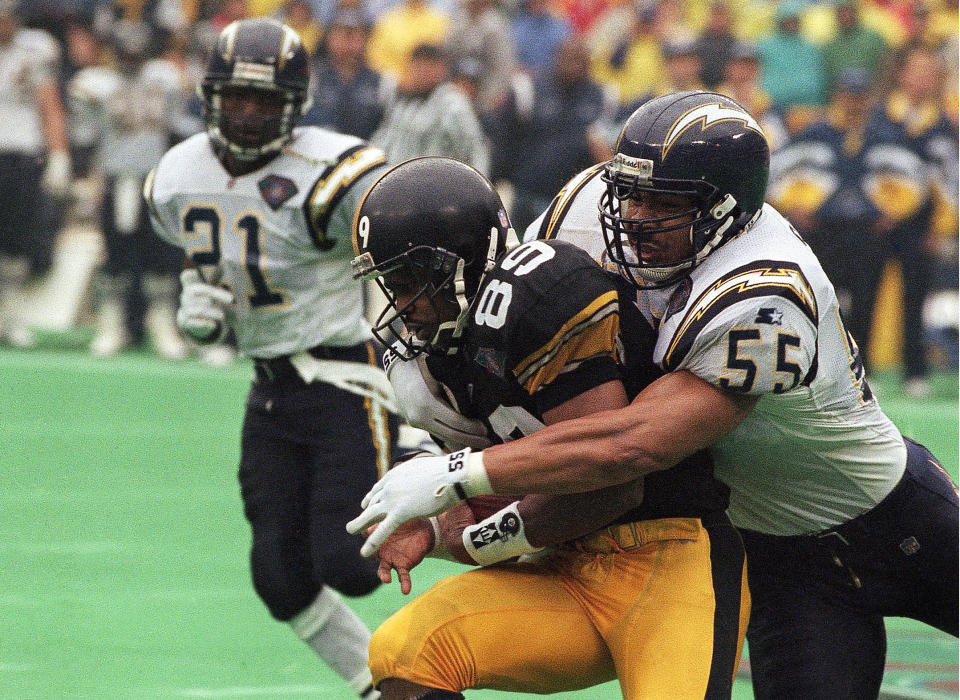New study shows development of CTE comes with repeated hits to head, not just concussion

A study by researchers at Boston University, published on Thursday, is leading to greater concerns about chronic traumatic encephalopathy, or CTE, and what causes it.
Published in “Brain,” a journal of neurology, the seven-year study offers the strongest evidence yet that CTE is caused by repetitive hits to the head, not just concussions, meaning hits that lead to loss of consciousness, or other after-effects like headaches, dizziness or memory loss.
“We’ve had an inkling that subconcussive hits — the ones that don’t [show] neurological signs and symptoms — may be associated with CTE,” said Dr. Lee Goldstein, an associate professor of psychiatry at the Boston University School of Medicine and the lead investigator on the study. “We now have solid scientific evidence to say that is so.”
The study results left researchers gravely concerned.
“The concussions we see on the ballfield or the battlefield or wherever — those people are going to get attention, because it’s obvious they’ve had some sort of injury,” Goldstein said. “We’re really worried about the many more people who are getting hit and getting hurt — their brain is getting hurt — but are not getting help because we can’t see the evidence on the outside that their brain is actually hurt. It’s a silent injury.”
Former Harvard defensive lineman and WWE wrestler Chris Nowinski, founder of the Concussion Legacy Foundation, summarized what it means for football players.
[Stream the NFL Playoffs live on the Yahoo Sports mobile app]
“We see the hard hits all the time, where a guy pops up and smiles and [signals] a first down, and (think) ‘OK, that hit was fine.’ But what this study says is: No, that hit probably wasn’t fine, and that poor guy can’t feel the damage that’s happening in his brain right now,” Nowinski said.
Researchers have found that in 20 percent of the known cases of CTE – currently, it can’t be definitively affirmed that an individual had CTE until they’ve died – there was no record or report of the afflicted individual suffering concussion.
Thus, the results of the study has Goldstein and others thinking that concussions aren’t the only thing that should be tracked, though there still needs to be attention paid to concussions.
“Rather, maybe it’s something about the hits and number of hits that might be important. That’s what we wanted to nail here,” Goldstein said.
Researchers from six facilities analyzed brains from teenagers and young adults who had experienced mild head impact but died soon after from another cause. Despite the brains not suffering more severe injury, they still showed signs consistent with early-stage CTE, including an abnormal accumulation of tau protein.
The tau protein accumulation is one of the hallmarks of CTE; it gathers around small blood vessels in the brain, causing cell death, cognitive decline and dementia.
The researchers also simulated sports-related head impact and military-related blast impact on laboratory mice and saw that “even after a small number of hits, even one, very early evidence of pathologies associated with CTE,” Goldstein said.



